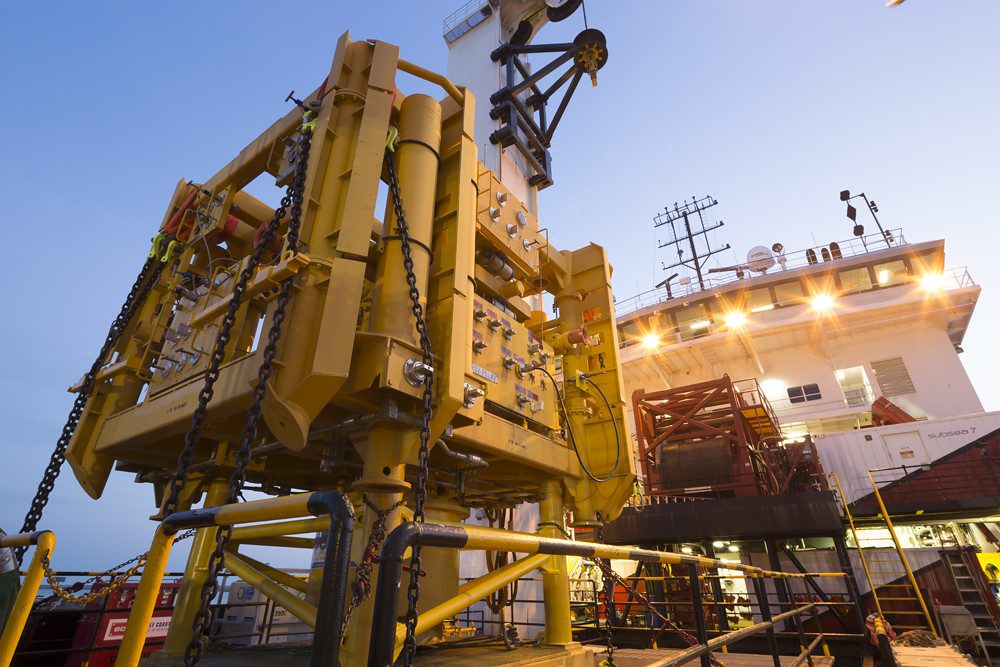A key provision in ExxonMobil’s permit for the massive Yellowtail project offshore Guyana requires the company to have a capping stack maintained, tested, and stored in country. And this, according to Minister of Natural Resources, Vickram Bharrat, would make Guyana the only oil-producing nation in the region to have one readily available should there be a well blow-out miles offshore.

Pointing to other producers in the Latin America and Caribbean region, Mr. Bharrat said, “There is no other oil-producing nation around us – Trinidad [and Tobago] does not have a capping stack nor Brazil, or Suriname. Most of these countries pay the subscription and the capping stack is in Houston [Texas] or another part of the world.”
Capping stacks were created post the Gulf of Mexico, Macondo incident; it is placed over the blown-out well as a cap to stop or redirect the flow of hydrocarbons and to buy time for engineers to permanently seal the well. And these are not needed when drilling; they merely act as a centerpiece of a containment system kept in readiness at an onshore location, only deployed after the subsea blowout preventer failed to serve its purpose.
Soon, Guyana will have one on hand.
Mr. Bharrat explained that the country, like other oil-producing nations, also pays a subscription for the capping stack and will soon be able to save millions.
“What we are doing is establishing Guyana as a hub because if an oil spill occurs in any of those countries, we can also be affected. This capping stack could be deployed to any one of those countries should a spill occur. So, we brought that in country,” he stated.
Capping stacks are massive and can weigh as much as 50 to 100 tons, presenting logistical challenges in quickly transporting them to the emergency occurring at the blown-out offshore well. According to Mr. Bharrat, it would take at least 10 days to import the device.
That 10-day wait could be disastrous in the case of an oil spill.



